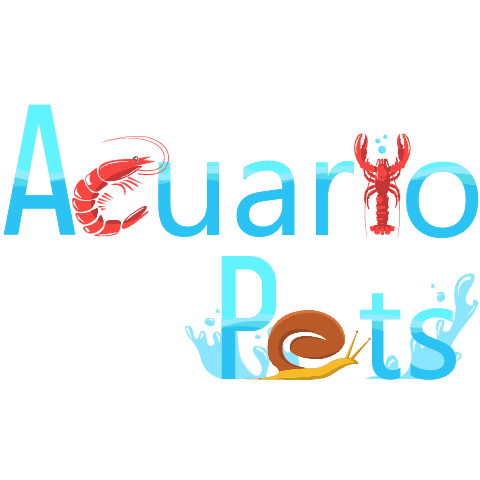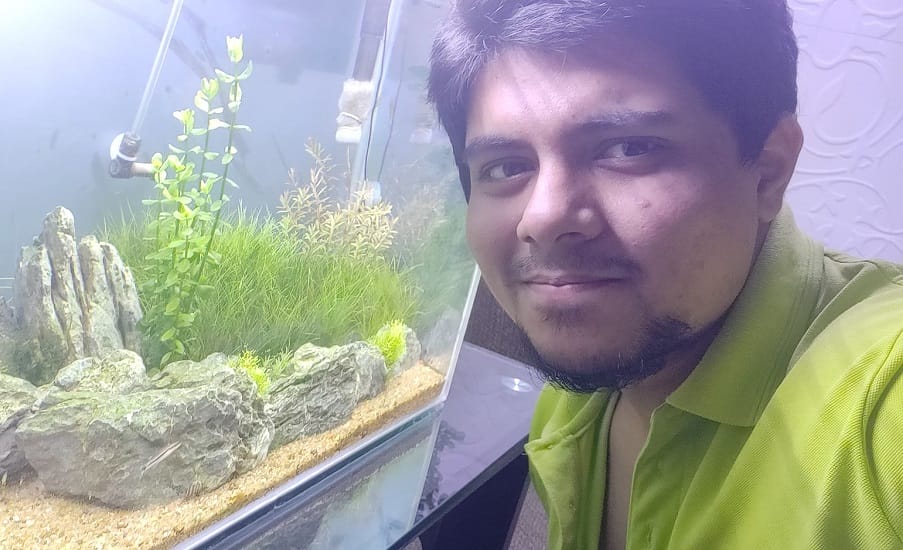This post was created with help from AI tools and carefully reviewed by a human (Muntaseer Rahman) . For more on how we use AI on this site, check out our Editorial Policy.
Check Out These FREE Tools We Made JUST For You!
How To Save A Dying Leopard Gecko? [Step by Step]
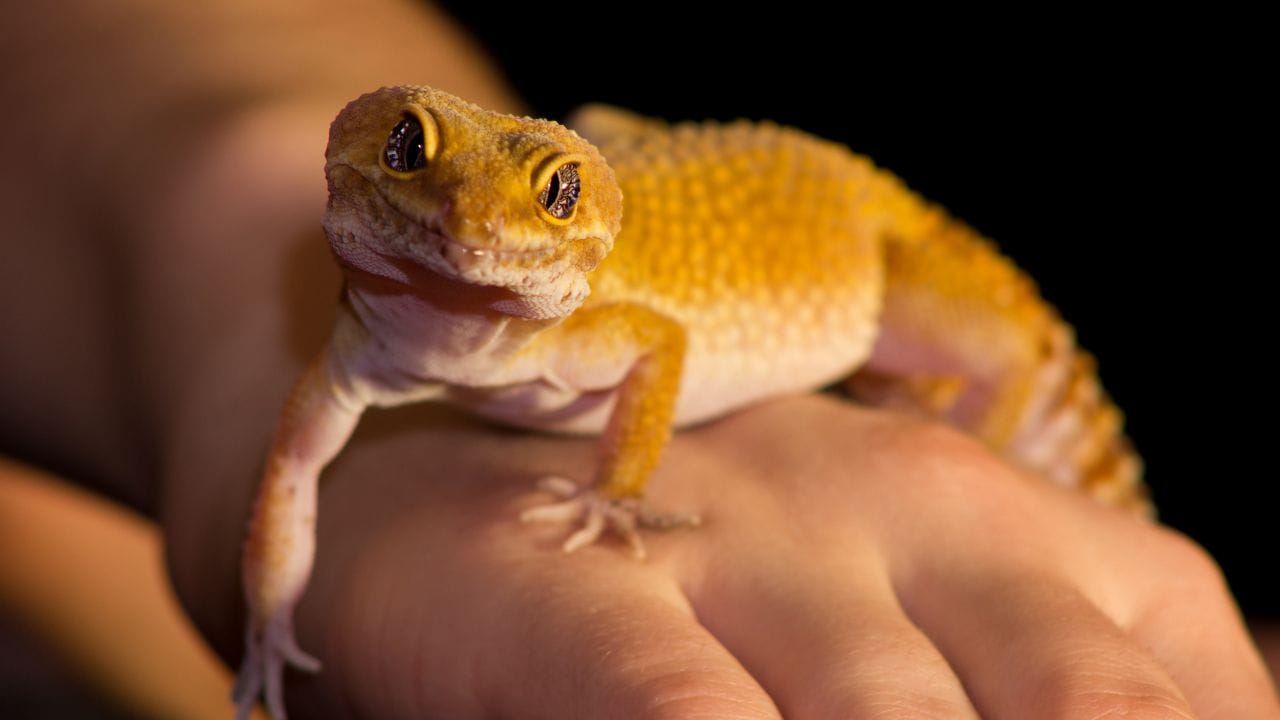
Your leopard gecko looks weak, isn’t moving much, or maybe isn’t eating at all. You’re scared it might die—and you don’t know what to do.
I’ve been there. In this guide, I’ll walk you through simple steps that can help save a dying leopard gecko. These aren’t just random tips.
They’re the urgent actions you should take right now—from checking symptoms to setting up the right environment to knowing when it’s time to call a vet.
Stay calm. Let’s start with what matters most first.
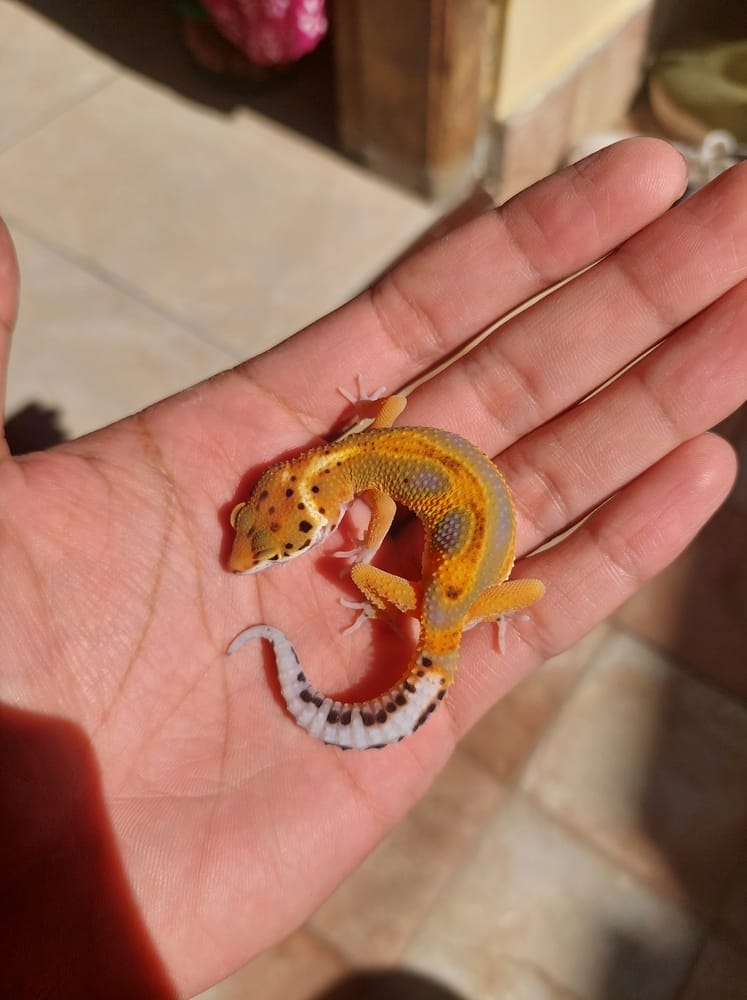
Signs Your Gecko Might Be Dying
Signs Your Gecko Might Be Dying
When a leopard gecko is in serious trouble, it doesn’t always scream for help. But there are signs. Clear ones. You just have to know what to look for.
Not eating for days
If your gecko is skipping meals again and again, that’s a red flag. Especially if it refuses even its favorite bugs.
Moving very slowly or not at all
Healthy geckos might chill, but they don’t just sit there like a rock. If it’s barely reacting to touch or light, that’s bad news.
Very skinny tail
A plump tail means stored fat. If the tail is thin like a stick, it’s starving or seriously sick.
Sunken eyes
Eyes that look dull, shriveled, or sunken into the skull usually mean dehydration. It’s not just tired—it’s drying out.
Weird or no poop
No poop for days? Or poop that looks watery, green, or full of undigested bugs? That’s a sign something’s seriously off inside.
Always hiding or lying flat
Geckos love their hideouts, but they still come out now and then. If yours is hiding nonstop or lying limp in the open, that’s not normal.
If you spot any of these signs, don’t wait. The sooner you act, the better your gecko’s chances.

What to Do First (Within 10 Minutes)
If your gecko looks like it’s dying, you don’t need a long checklist. You need to act fast. Here’s what you should do right away:
Check if it’s still breathing
Look at its sides. Is the body rising and falling slowly? That’s breathing. If you’re not sure, gently touch its chest or nose.
Move it to a quiet, safe spot
Turn off loud sounds. Dim the lights. Make sure it’s away from other pets or people. Stress can make things worse.
Check the temperature
Grab a thermometer. If the tank is below 85°F or above 95°F, that’s a problem. Fix it fast. Use a heating pad or lamp if needed.
Offer water
Dip a clean dropper or your fingertip in water and touch its lips. Don’t pour or force it—just let it lick on its own if it can.
Look for stuck shed or visible injuries
If you see dry skin on the toes, eyes, or tail, note it. Also check for cuts, swelling, or stuck poop near the vent area.
Once you’ve done these basics, move to the real recovery steps. This part just buys you time.
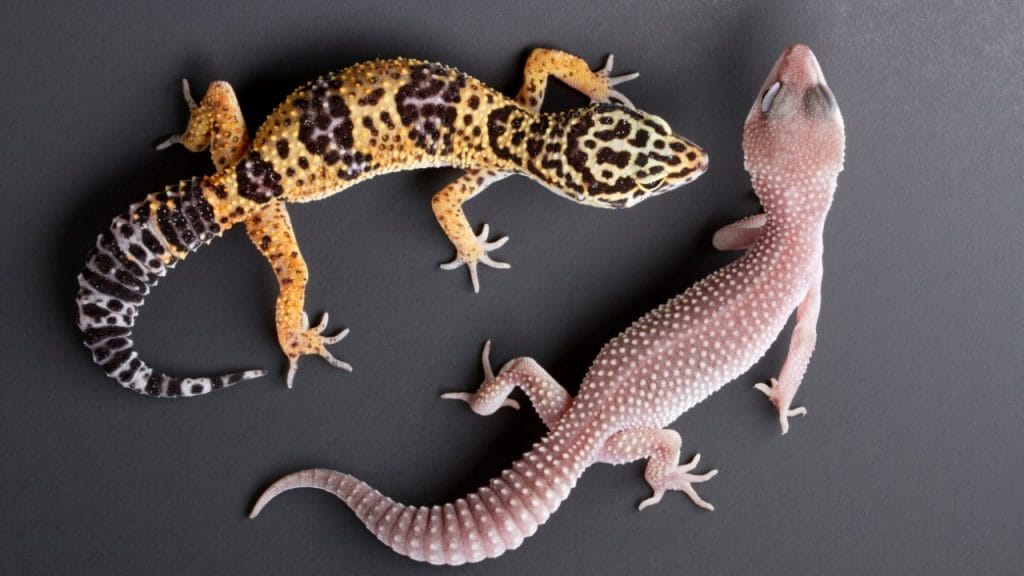
Emergency Care Steps (In Order)
Now that you’ve done the basics, it’s time to actually help your gecko recover. Follow these steps in order—don’t skip around.
Step 1: Warm up the enclosure
Make sure the warm side is around 88–92°F. No guessing. Use a digital thermometer.
If it’s too cold, your gecko won’t digest food or move. If it’s too hot, it’ll crash even faster.
Step 2: Rehydrate
Drip some clean, lukewarm water on its mouth. Let it lick on its own.
You can also give it a shallow warm bath—just chest deep. Don’t leave it unattended.
Step 3: Try a soft food mix
Only do this if it’s alert and can swallow. Mix crushed mealworms or Repta-Boost with water into a smooth paste.
Use a soft-tipped syringe and give a drop at a time near the mouth. Stop if it refuses or spits it out.
Step 4: Remove stuck shed
Check toes, tail, and eyes. If shed is stuck, soften it with a warm soak.
Use a damp Q-tip to gently loosen it. Never pull hard—if it won’t come off, leave it and try later.
Step 5: Quarantine and keep things calm
Put it in a separate tank if needed. Keep the setup simple: warm, quiet, clean.
No bright lights. No loud sounds. No handling unless absolutely needed.
These steps won’t magically fix everything, but they give your gecko a fighting chance. Once stable, get ready for the next move: the vet.
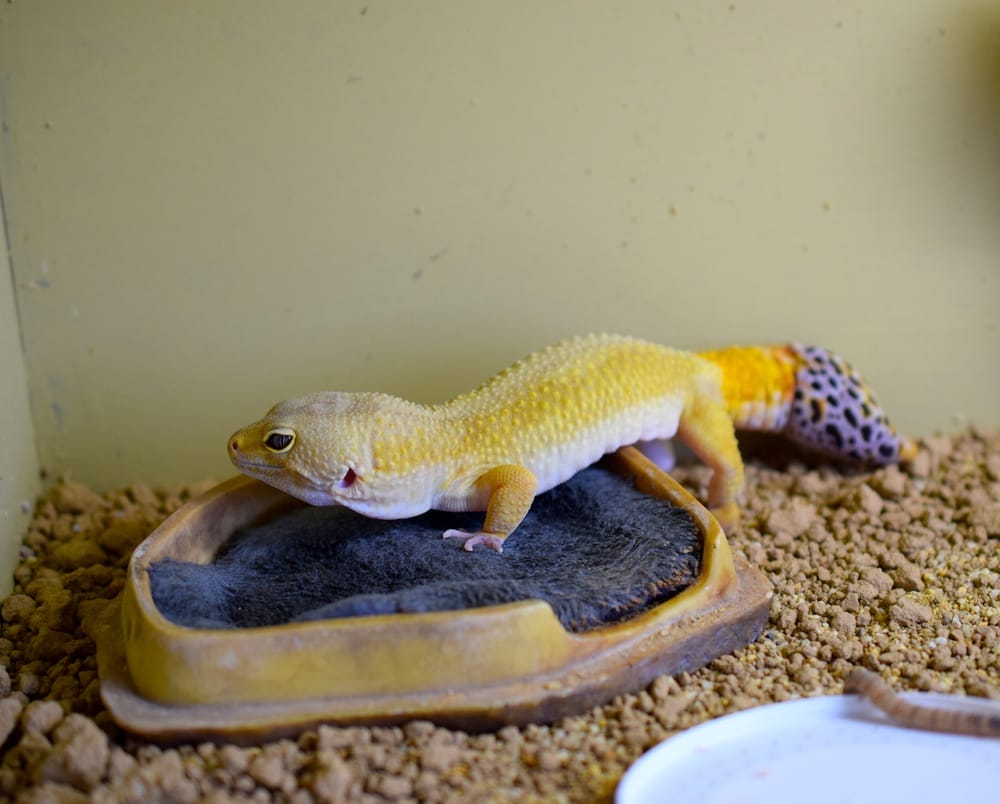
When to See a Reptile Vet
Some cases are just too serious for home care. If you see any of these signs, don’t wait—call an experienced reptile vet.
Still not eating after 3–4 days
Even with warm temps and soft food, if it’s not eating at all, something deeper is wrong.
Can’t move or lift its head
If your gecko is limp, shaking, or totally unresponsive, that’s an emergency.
Swollen belly, bleeding, or wounds
Visible injuries, bloating, or weird bulges? Don’t try to guess. Get professional help.
Weight dropping fast
If the tail is shrinking quickly or the body looks like skin and bones, that’s a serious warning.
You just don’t know what’s wrong
Sometimes you can’t figure it out—and that’s okay. That’s exactly why vets exist.
It’s better to go too early than too late. A quick visit could save your gecko’s life.
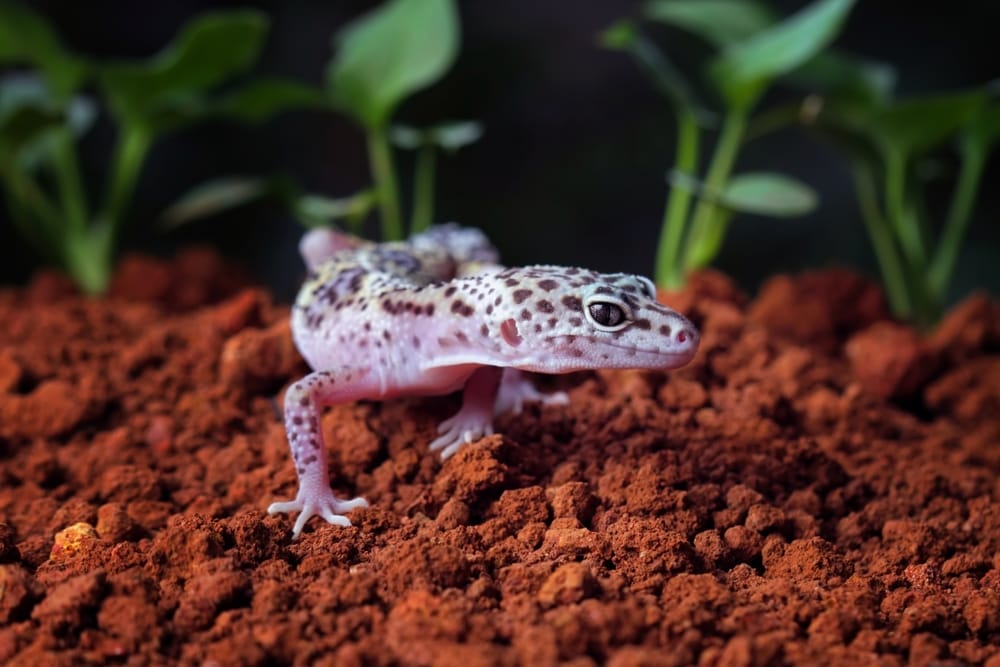
Common Mistakes to Avoid
When your gecko is dying, even small mistakes can make things worse. Don’t panic—but don’t do these either.
Forcing food or water
Shoving a syringe in its mouth or pouring water down its throat can choke or stress it. Be gentle or just wait if it’s not ready.
Using cold or deep baths
Cold water shocks the system. Deep water risks drowning. Keep baths warm and shallow—just enough to cover the belly.
Guessing the temperature
Don’t rely on touching the glass. Use a real thermometer. Wrong temps can ruin everything fast.
Ignoring symptoms
Waiting too long, hoping it’ll eat tomorrow, can cost you the gecko. Trust your gut. Act early.
Keeping it in a dirty or crowded tank
Poor hygiene or stress from other geckos will slow healing. A sick gecko needs peace, heat, and space—nothing else.
These aren’t just tips—they’re survival rules. Follow them, and you give your gecko a real chance.
About Author
Hello, I’m Muntaseer Rahman, the owner of AcuarioPets.com. I’m passionate about aquarium pets like shrimps, snails, crabs, and crayfish. I’ve created this website to share my expertise and help you provide better care for these amazing pets.
Disclaimer
This site is owned and operated by Muntaseer Rahman. AcuarioPets.com is a participant in the Amazon Services LLC Associates Program, an affiliate advertising program designed to provide a means for sites to earn advertising fees by advertising and linking to Amazon.com. This site also participates in other affiliate programs and is compensated for referring traffic and business to these companies.
